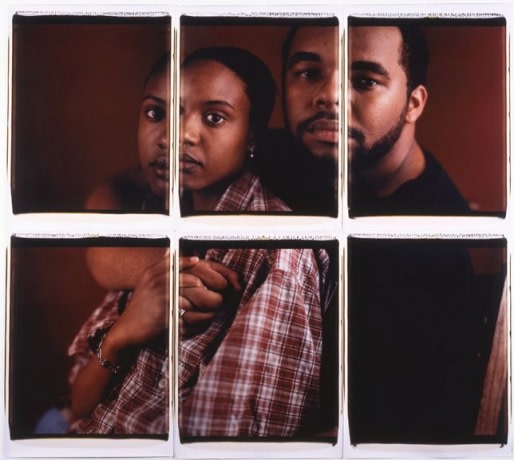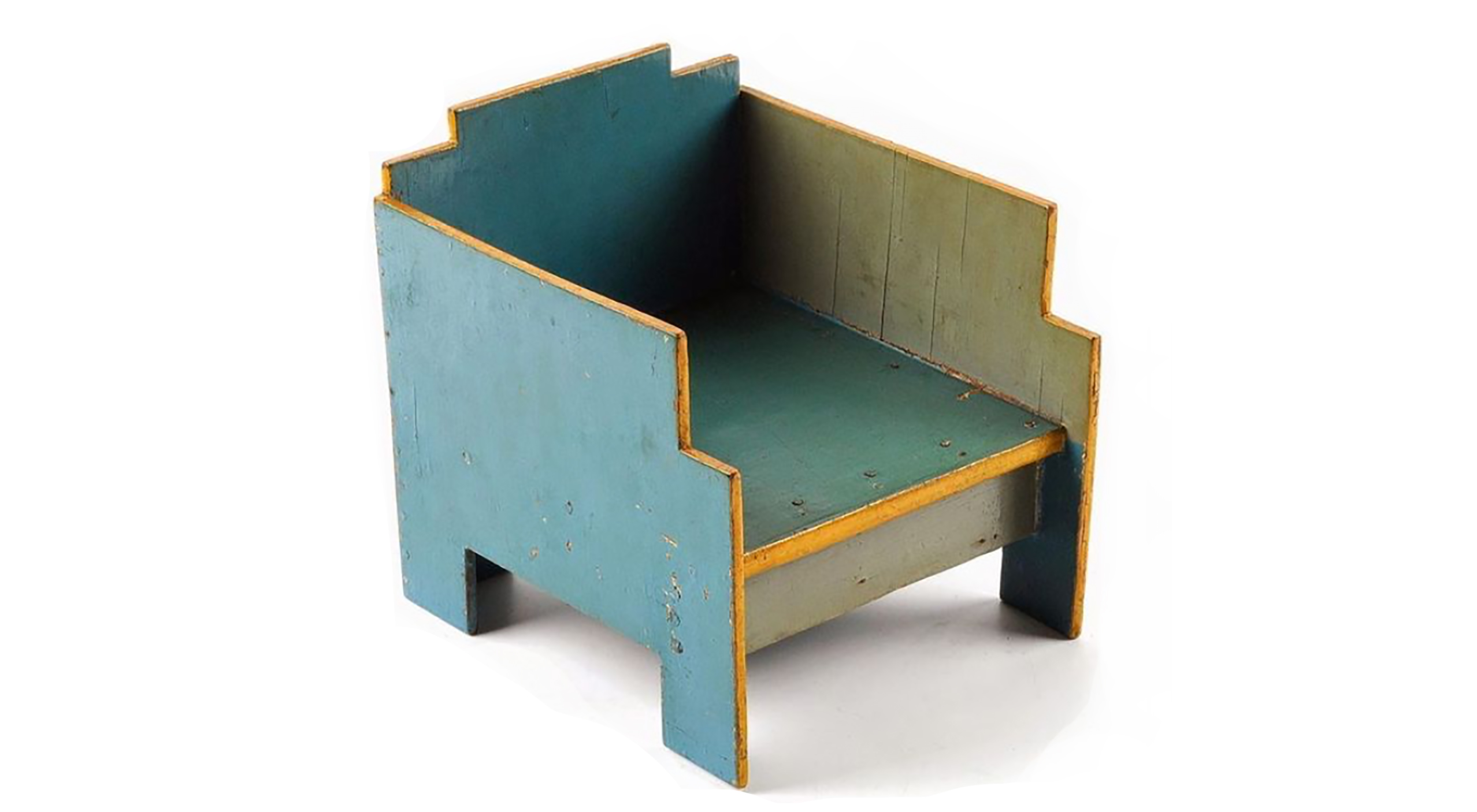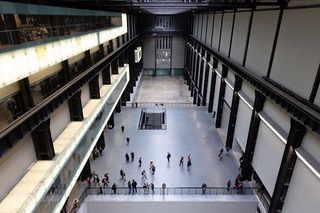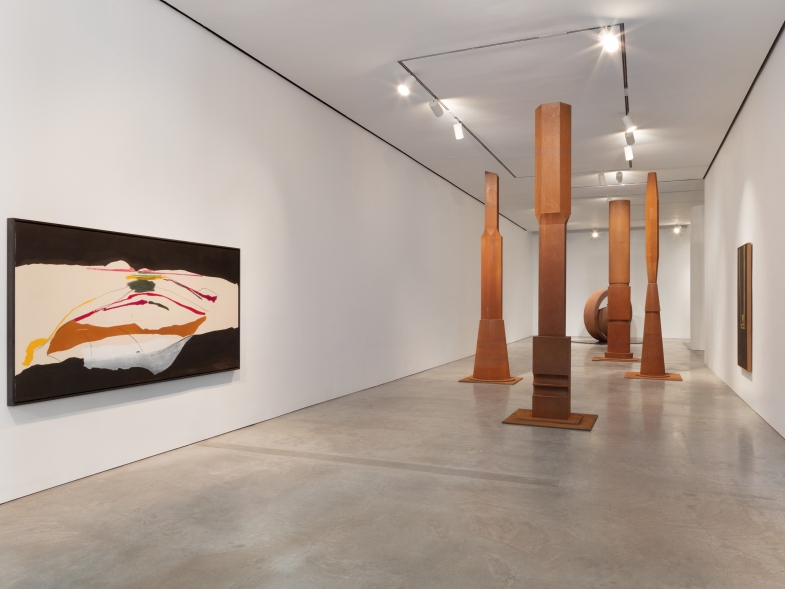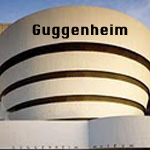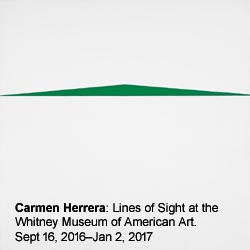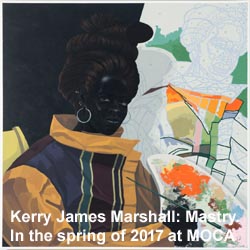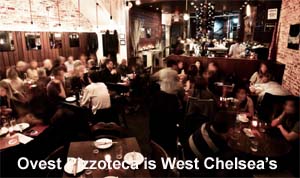| To a certain degree, my works are illustrations of the nightmarish and of the fanciful. I am not on the lookout for images to support an ostensive world of fantasy. Most of all, I am inspired by the everyday. This disposes me to a greater degree. It isn’t so much the extraordinary events but rather the banal moments, commonplace gestures, and everyday places, for example, when observing a person pushing a wheelbarrow from one place to another. In light of my concern for the everyday, I try to designate realistic qualities to my works. It is clear to me that my works appear chimerical—unleashed by the ordinary—as they particularly contain absurd elements and deformities. It is exactly these absurdities and deformities that open a passage toward reality. |  |
Léopold Rabus
To a certain degree, my works are illustrations of the nightmarish and of the fanciful. I am not on the lookout for images to support an ostensive world of fantasy. Most of all, I am inspired by the everyday. This disposes me to a greater degree. It isn’t so much the extraordinary events but rather the banal moments, commonplace gestures, and everyday places, for example, when observing a person pushing a wheelbarrow from one place to another.
In light of my concern for the everyday, I try to designate realistic qualities to my works. It is clear to me that my works appear chimerical—unleashed by the ordinary—as they particularly contain absurd elements and deformities. It is exactly these absurdities and deformities that open a passage toward reality.
The appearance of the absurd effortlessly reveals a situation of the absolute real and ordinary; my work trop d’ordre strongly borders the absurd. Sometimes I illustrate the gestures of a person, break these down over various planes yet capture each level on a single canvas. In doing so, these people are bestowed the state of being multilayered, and at first appear horrid.
I’m consequently preoccupied with one, singular theme: the new creation of an impression or a memory. My final interest pertains to this theme. Only our memory is left behind in the world, a world in which one sees and senses; a world in which reality is based on science. As such, I should probably rather speak more about “impressionism” than about “realism.”
The installation Arc-en-foin entirely corresponds to “impressionistic” intentions. It has resulted from several nexus and from the complexity of the most diverse visual information in my memory. It conveys an alternative approach to representation or another view of a rainbow, and includes a blending of the most diverse materials, which allow a new reality to be established from a single impression.
For within my memory, a rainbow is like a glowing halo made from proximate colors and surrounded by various herbs. Thus, the emotions that I feel in respect to the beauty of the rainbow are closely tied to the herbs, the humidity, the salt lick stones, and the surrounding countryside. L’Arc-en-foin is like a lapse of vision.
I’m fascinated by the manner in which a human being allows memories to be formed from the information in our world. In the work Arc-en-foin, a distinct country atmosphere prevails. I feel very drawn to the atmosphere of the rural world. After all, the hay comes from my garden. ?
French version:
Certains voient dans mon travail des représentations cauchemardesques ou fantastiques. Pourtant, je ne cherche pas à mettre en images un soi-disant monde imaginaire. Ce qui m’inspire avant tout, c’est le quotidien. Ce qui me marque, ce ne sont pas les événements extraordinaires, mais les scènes banales, les gestes et les lieux ordinaires – comme par exemple de voir quelqu’un qui pousse une brouette d’un endroit à un autre.
Compte tenu de ma préoccupation pour le quotidien, je serais tenté de qualifier mon travail de « réaliste ». Mais en même temps, je me rends bien compte que certaines de mes peintures peuvent paraître fantastiques, c’est-à-dire sortant de l’ordinaire – notamment parce qu’elles comportent des éléments absurdes et des déformations. Mais l’absurdité et la déformation me permettent de me rapprocher de la réalité de l’impression.
L’impression d’absurdité peut d’ailleurs facilement se dégager d’une situation tout à fait ordinaire et réelle – le « trop d’ordre » étant très proche de l’absurde. Et il m’arrive par exemple, pour illustrer le geste d’un personnage, de décomposer ce geste en plusieurs plans, que je représente simultanément sur le même tableau. Le personnage se voit ainsi affublé de plusieurs membres, monstrueux a priori.
Dans le fond, je me préoccupe ainsi d’une chose très simple : recréer une impression. Ce qui m’intéresse au final, c’est plus l’impression que nous laisse le monde – le monde comme on le voit ou comme on le ressent -, que le monde dans sa réalité scientifique. Peut-être devrais-je plutôt parler d’ « impressionnisme » que de « réalisme ».
L’installation « Arc-en-foin » correspond tout à fait à cette démarche « impressionniste ». Elle résulte de l’association et de la confusion de différentes informations visuelles que j’avais en mémoire – qui se rapportent toutes d’une façon ou d’une autre à la vision d’un arc-en-ciel et dont l’amalgame permet de recréer la réalité d’une impression.Car dans mon souvenir, l’arc-en-ciel c’est une sorte de halo lumineux aux couleurs approximatives, entouré de beaucoup d’herbes. L’émotion que je ressens face à la beauté de l’arc-en-ciel est donc étroitement liée à l’herbe, à l’humidité, à la pierre à lécher et à la campagne alentour. L’Arc-en-foin, c’est une espèce de lapsus du regard.
La manière dont l’être humain classe les informations qui lui proviennent du monde dans sa mémoire, m’intéresse d’ailleurs beaucoup.Et puis l’Arc-en-foin, c’est clairement une ambiance paysanne. Je suis très attiré par l’atmosphère du monde rural en fait.
Le foin provenait de mon jardin.









